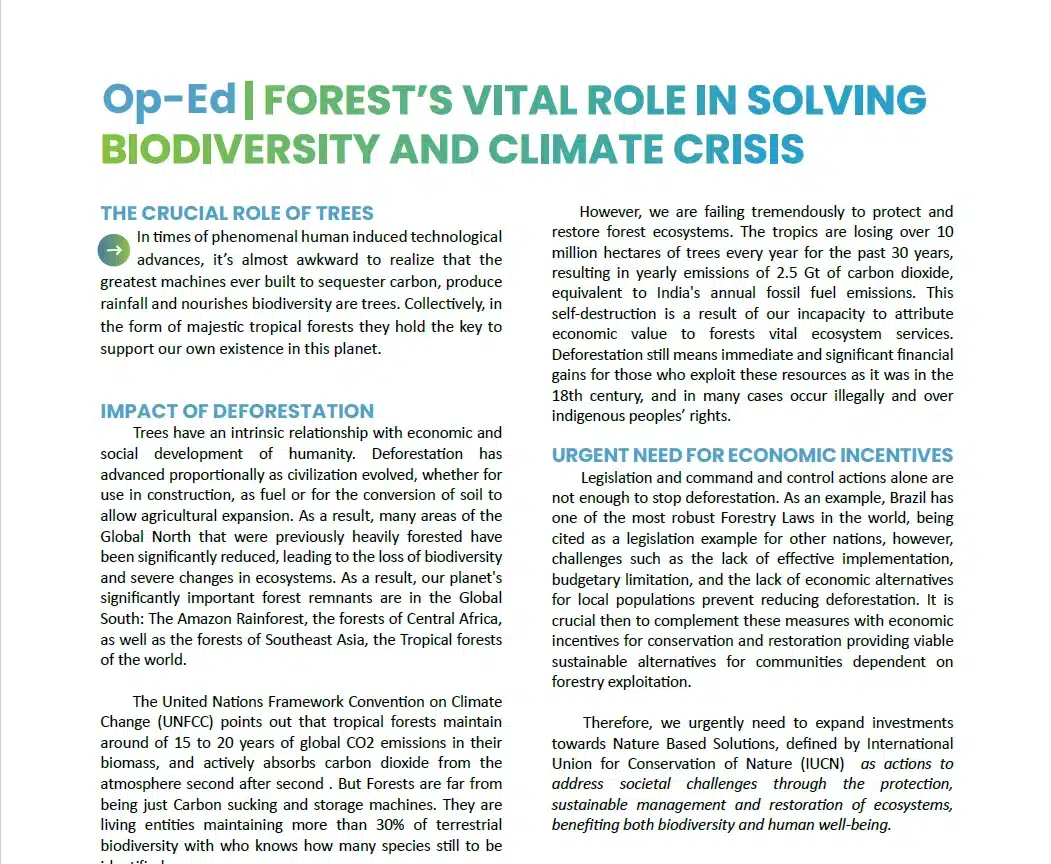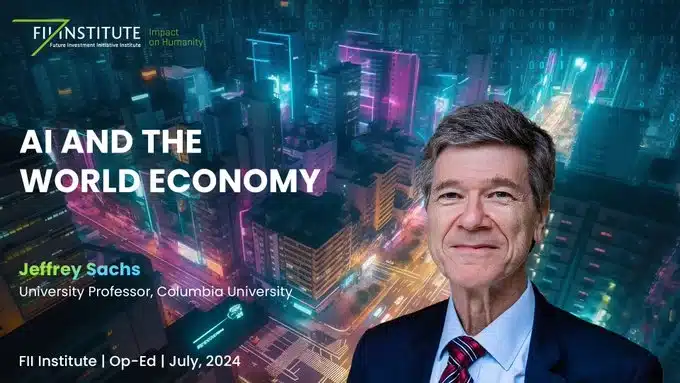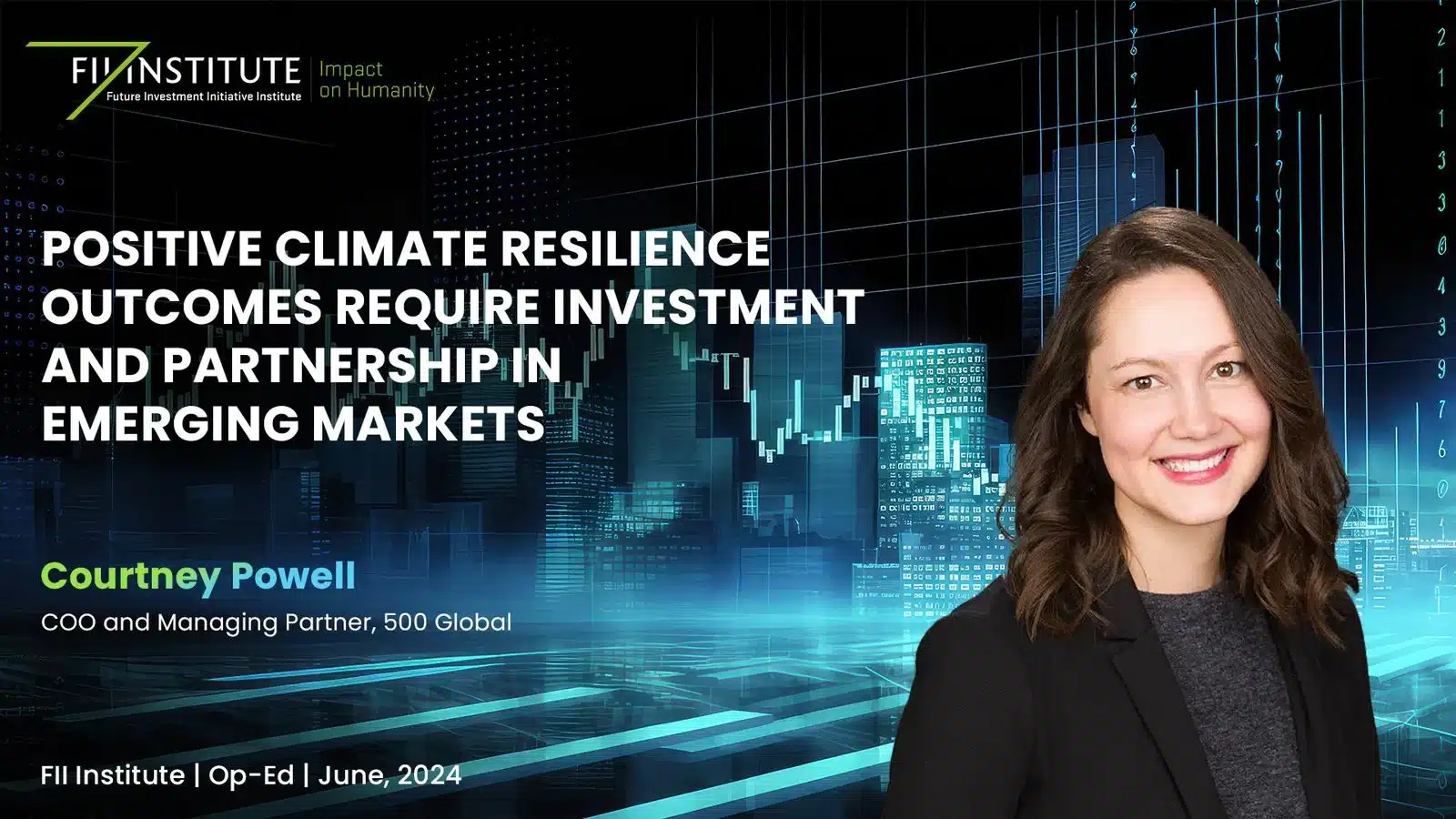Saudi Arabia is investing heavily in its tourism industry, shifting its focus beyond the pilgrimage sites of Mecca and Medina to its diverse natural landscapes, vibrant cities and growing list of UNESCO World Heritage Sites.
The government aims to create 1.6 million jobs in the industry and grow tourism’s share of GDP to 10 percent by 2030. When Vision 2030 was announced in 2016, the sector represented just 3 percent of GDP, and has already grown to 7 percent, which is promising.
As tourism continues to grow, both in Saudi Arabia and around the world, so too does its energy consumption, driven by a need to fuel hotels, resorts, experiences and mobility. In fact, Green House Gas impact of tourism is approximately 8-11%, of which aviation contributes some 17%. Additionally, there is a tendency for visitors to use and consume more resources than local people, especially in poorer areas of the world.
It is vital, therefore, that tourism accelerates its transition to renewable energy. By embracing solar and other clean energy sources, the industry could significantly reduce the world’s carbon footprint and help to combat climate change.
It could also attract even more tourists. The Expedia Sustainable Travel Survey showed that 90% of consumers now look for sustainable travel options and are willing to pay an average of 38% more to ensure their experiences do not negatively impact the planet. Consumer surveys in other areas tell a similar story and are powerful incentives to drive the transition.
Putting renewable energy at the heart of tourism strategies is essential, but it is often complex to deliver. Our experience at Red Sea Global has produced several learnings that provide value for any executive tasked with driving a green energy transformation and show that it is always possible to build a future driven by clean power.
A COMPELLING INVESTMENT OPPORTUNITY
Delivering renewable energy requires significant investment in technology, but even high upfront costs pale in comparison to the financial and environmental rewards to be reaped in the long term.
Across the world, the signs are positive. In the US alone, private investment in renewables hit USD 10 billion in 2022, according to Deloitte. A willingness to invest in technological infrastructure should be embedded at the very beginning of any development process and can help to attract partners and investors.
We saw firsthand the positive effect of this with a consortium led by ACWA Power bringing Foreign Direct Investment from the UK’s Standard Chartered Bank and China’s Silk Road Fund for the Utilities PPP agreement set to power The Red Sea destination with sunlight.
A similar partnership was concluded in September this year, when a multi-utilities concession agreement was signed for Amaala with EDF (Électricité de France) and Masdar, which will deliver new eco infrastructure facility will save nearly half a million tons of CO2 emissions every year.
Moreover, our historic Financial Close on the first ever Riyal-dominated Green Financing for the development of Phase One of our destination, The Red Sea. This financing arrangement was valued at SAR 14.12 billion (USD 3.76 billion).
Attracting these partnerships and support early on, ensured that from the very start clean energy would fuel both our vision and our flagship destinations, The Red Sea and Amaala, with the former set to become the world’s largest off-grid tourism destination powered by renewable energy.
Across our destinations, everything will be powered by clean energy, even the electric vehicles within our smart mobility network covering land and sea, with ambitions to power our seaplanes with electricity too. At The Red Sea, our battery storage facility – the world’s largest – will store up to 1,200MWh of power and enable us to operate fully off-grid, powered by sunlight day and night.
Our journey is just starting, but we are proud of having built renewable power into our development from the ground up. That doesn’t mean that other businesses must start from scratch. What matters isn’t necessarily the size of the investment, but the ambition, creativity, and plan behind it. Drawing on the natural attributes of a business’ location represents a huge step towards sustainability.
For a destination spread across the sun-soaked dunes and coastline of Saudi Arabia, that means investing in solar power. We have installed 760,000 photovoltaic panels across five solar farms to power The Red Sea renewably.
CROSS-INDUSTRY PARTNERSHIPS
Finding the right solution for every unique development could also involve working with expert partners. This is true of developments across all industries, but again the tourism sector shows one way forward.
For example, travel associations across Africa have partnered with a range of international universities, including the University of Brighton in the UK and the University of Ghana, as well as Africa Tourism Partners in South Africa, to encourage youth involvement in sustainable tourism initiatives. This has led to the launch of a new app in South Africa that takes users on digital tours and only displays ‘green’ businesses: encouraging knowledge-sharing, innovation, and entrepreneurship on renewable energy specifically.
Sharing best practices and requiring green standards from partners and suppliers is also vital. At Red Sea Global, cross-industry collaboration is fundamental to our vision of sustainable and responsible development. We select partners with like-minded values and the brands we have brought on board share our ambition to do better by people and planet.
RENEWING TO REGENERATE
A commitment to renewable energy should be at the heart of any business strategy and its operations. Building the infrastructure from the start is ideal, but the next best thing is starting from where you are, and making steady, incremental changes.
By investing in technology and partnering with like-minded organizations, companies can maximize their business potential without harming the planet. They can also use their position to catalyze and inspire their customers to widen the impact even more.
This, in turn, will help revive the fortunes of the natural and human ecosystems in these areas, maintaining and even improving them for future generations to enjoy.





